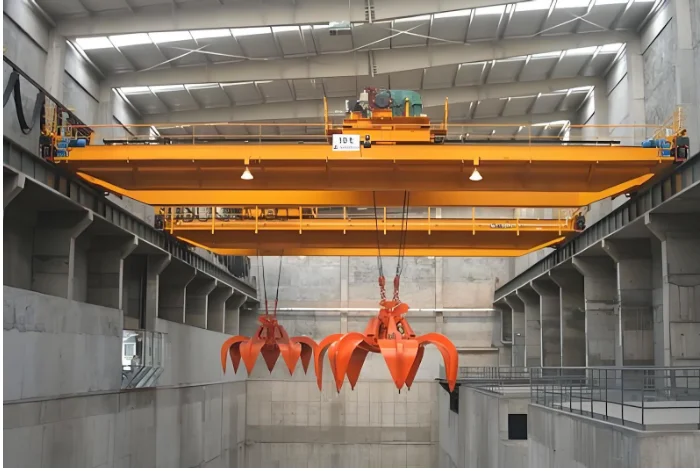
In the world of web design and development, the synergy between Figma and Webflow represents a cutting-edge approach that marries design precision with functional prowess. Figma excels as a collaborative design tool that allows designers to build detailed user interfaces and refined user experiences in a shared environment. When it’s time to translate these designs into live, functional websites, Webflow steps in with its robust platform that enables seamless conversion from design to development without a single line of code.
This integration streamlines the web development workflow, significantly reducing the time from concept to deployment and ensuring a true-to-design realization of digital visions. Here’s why adopting a Figma to Webflow workflow is an efficient, effective strategy for web designers and developers looking to optimize their processes and output.
Streamlined Design to Development Pipeline
The transition from design to development often involves multiple steps that can introduce errors and inconsistencies. Using Figma and Webflow together minimizes these risks:
- Design Integrity: Figma’s vector-based tools allow for high-fidelity designs that are crisp and scalable. When these designs are brought into Webflow, the visual integrity is maintained, ensuring that what you design is exactly what gets built.
- Real-Time Collaboration: Teams can work simultaneously in Figma on design elements, which can then be directly mirrored in Webflow’s layout systems, fostering a collaborative environment that spans both design and development phases.
Efficient Conversion from Figma Designs to Functional Webflow Sites
- Preparation and Organization in Figma: Start by ensuring your Figma designs are meticulously organized. Name your assets clearly, use consistent labeling for layers, and structure your frames and components to reflect the layout hierarchy you intend to build in Webflow.
- Exporting and Optimizing Assets: Efficient asset management is crucial. Export graphics as SVGs directly from Figma for scalable, high-quality visuals. For raster images like photographs, use PNG or JPG formats, and ensure they are optimized for the web to improve load times and performance.
- Building the Structure in Webflow: Recreate the structural layout using Webflow’s containers and grids. This initial setup is critical as it forms the skeleton of your web page, onto which you can map your design elements precisely.
- Styling and Responsiveness: Apply CSS styles in Webflow by creating classes that can be reused across multiple elements. This not only speeds up the development process but also ensures consistency throughout the site. Webflow’s breakpoint system allows designers to view and adjust layouts across different device views, ensuring the site is responsive and mobile-friendly.
For a comprehensive step-by-step guide to converting your Figma designs into Webflow, visit this resource.
Enhancing Website Functionality with Advanced Webflow Features
Webflow’s real power lies in its advanced features that allow for the integration of complex functionalities:
- CMS and Dynamic Content: Easily create and manage dynamic content such as blog posts, ecommerce products, and more, all within Webflow’s CMS. This capability is particularly useful for sites requiring frequent updates or content variations.
- Interactions and Animations: Engage users with sophisticated animations and interactions that can be implemented directly within the Webflow editor, without dependency on external scripting.
- SEO and Marketing Tools: From the outset, optimize your site for search engines. Webflow’s built-in SEO tools allow you to manage meta tags, alt attributes, and more, ensuring your site ranks well and reaches your target audience effectively.
Conclusion
Adopting a Figma to Webflow workflow not only simplifies the web development process but also enhances the capabilities of web teams to deliver high-quality websites faster and more efficiently. This approach guarantees design accuracy, streamlines collaboration, and leverages advanced web functionalities without the need for complex coding.
Ready to Transform Your Web Design Workflow?
Embrace the future of web design and development by integrating Figma with Webflow. Start your journey today by exploring detailed insights and strategies at Derrick’s Webflow Developer Services.

A Step-by-Step Guide to Downloading Your GST Certificate

What Is the Difference Between Bookkeeping and Accounting: A Simple Guide for Small Business Owners

The Ultimate Guide to Commercial Cleaning: Enhancing Workplace Hygiene and Productivity

Onsite Tire Change in Ottawa : Safe Fast & Professional Tire Services

Accelerating drug discovery through the DEL-ML-CS approach

Top Reasons Law Firms Are Replacing Call Centers With TeleWizard

Eye-Catching Composition Techniques Using Action Camera Wide-Angle Lenses

Gamification 2.0: What Free Games Based on Luck Can Teach Us About Driving Engagement








